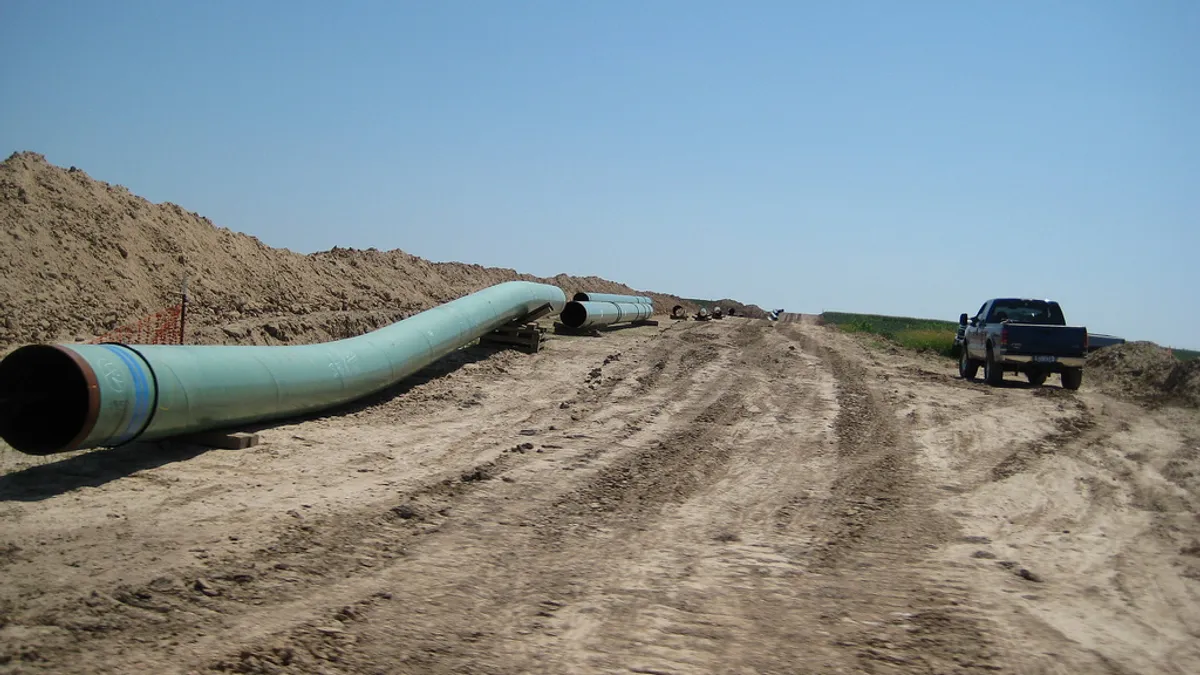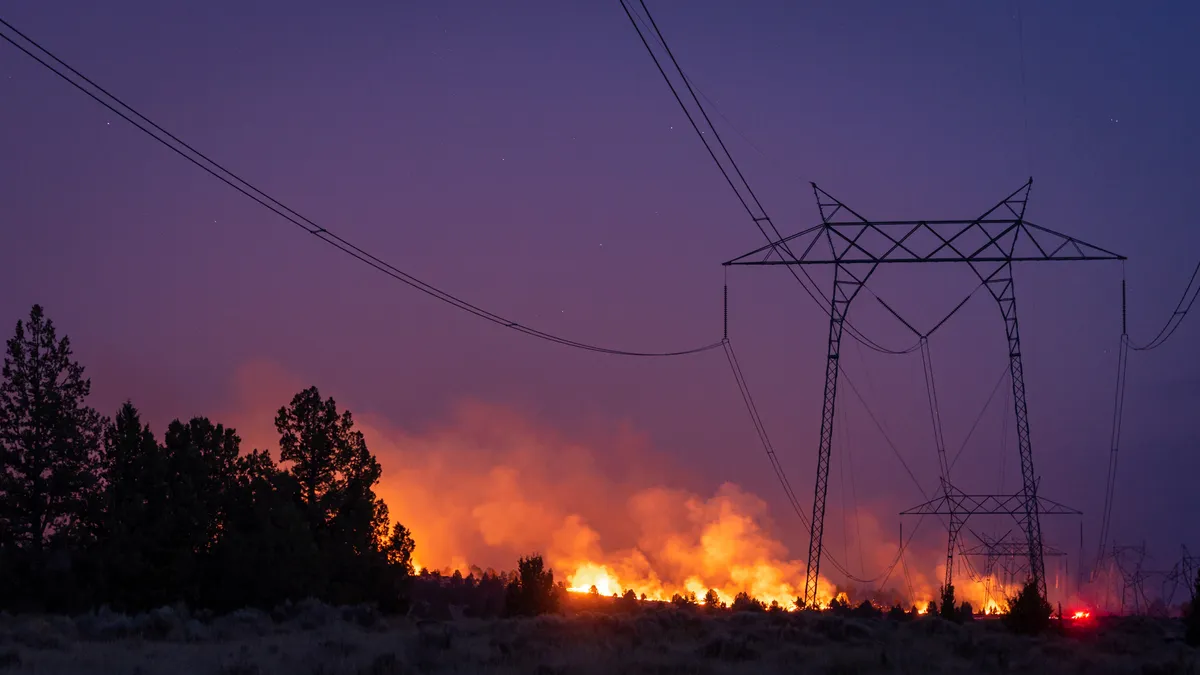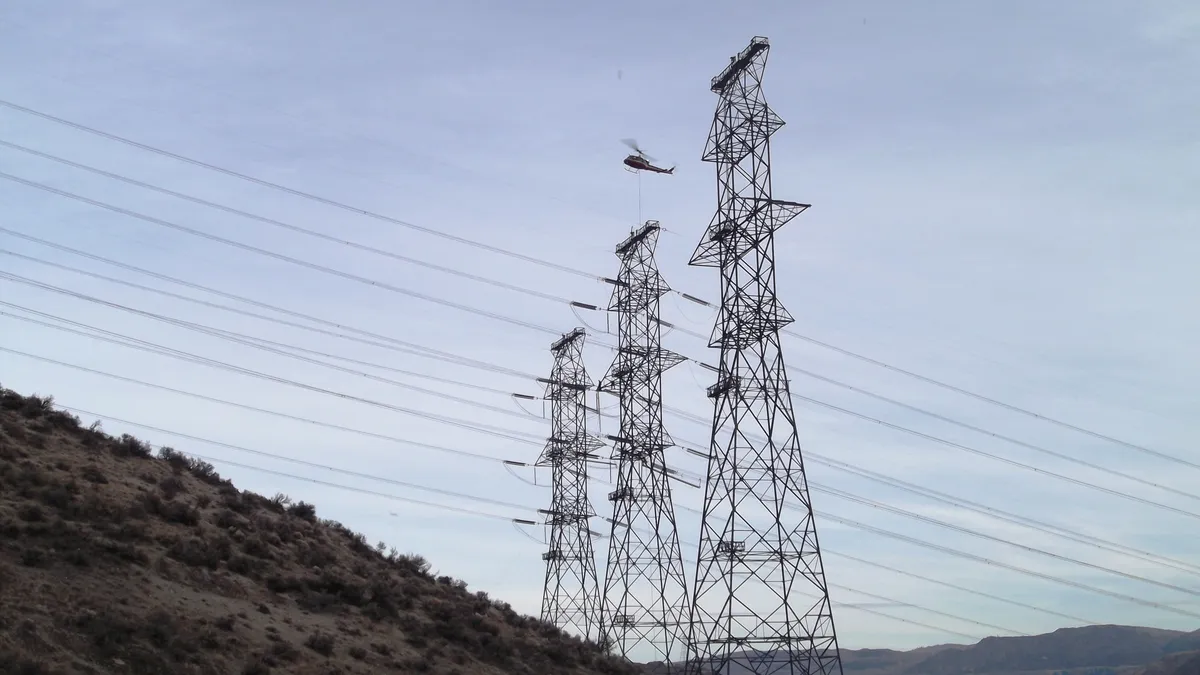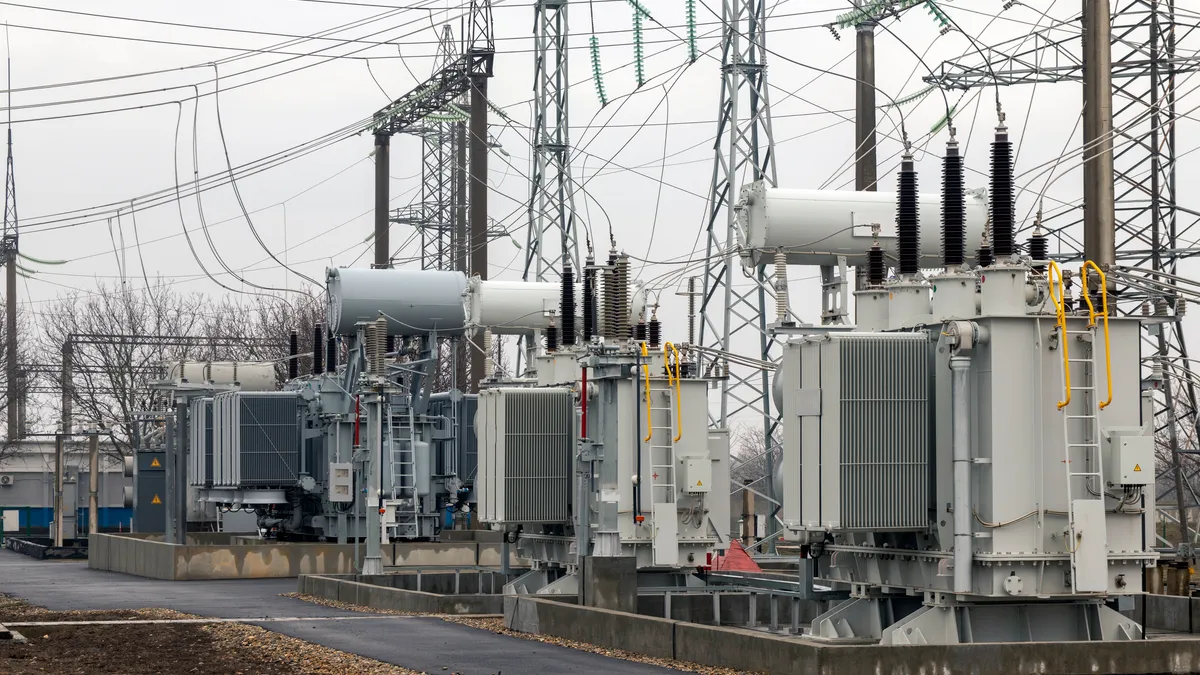The following is a contributed article by Emily P. Mallen and J. Simone Jones, partner and associate, respectively, at Sidley Austin.
Natural gas pipeline project developers face delays, uncertainty and increased costs arising from intense inquiries from regulators, affected communities and activists concerning their compliance with the various environmental laws and regulations that govern the construction and operation of pipelines and associated facilities. This is owing, at least in part, to arguments invoking environmental justice concerns and consideration of the impacts that project siting has on communities of color rising to prominence.
Given the light shone by the Black Lives Matter ("BLM") movement on the systemic racism faced by people of color, scrutiny of the siting of infrastructure projects is already increasing, and attention paid to disproportionate, adverse effects on communities of color likely will intensify. The BLM movement may also influence how courts and regulatory agencies interpret companies’ obligations under environmental laws, while shareholders may take the movement’s ideals under advisement as part of their larger environmental, social and governance considerations.
Energy companies planning to undertake capital-intensive infrastructure projects should consider the implications of the BLM movement and tailor their planning and development to reflect the outgrowths of the current times — the era of Black Lives Matter.
Environmental justice decisions impacting infrastructure development
Earlier this year, the U.S. Court of Appeals for the Fourth Circuit in Friends of Buckingham v. State Air Pollution Control Board ("Buckingham") vacated a permit granted to Atlantic Coast Pipeline LLC ("ACP") to construct and operate a compressor station intended to transmit natural gas through ACP’s pipeline. The compressor station, consisting of four natural gas-fired turbines that emit pollutants, was to be located in a historic, predominantly Black community largely occupied by descendants of freed slaves.
Responding to a challenge by community residents, the court found that the granting authority had not determined whether the community was a "minority" environmental justice community — a critical designation when evaluating the likelihood of disproportionate health impacts to residents. The court also concluded that the board failed to assess the compressor station’s potential for disproportionate health impacts on the community, notwithstanding a study by residents that community members suffered from health conditions that would make them more susceptible to the compressor station’s emissions. Ultimately, the court determined that "environmental justice is not merely a box to be checked." The $8 billion project was abandoned months later, with representatives citing the legal challenges and resulting delays as the cause.
Notably, the Federal Energy Regulatory Commission, the primary regulator of natural gas pipeline projects that has the statutory authority to decide whether they can be constructed, where they can be sited, and when they can enter operation, had previously reached a different conclusion than the Fourth Circuit later reached in Buckingham, even when confronted with the same facts on ACP’s purported impacts on environmental justice. Due to the interplay between the Natural Gas Act, which governs FERC’s authority, and the Clean Air Act (CAA), a natural gas pipeline developer such as ACP requires approvals by FERC and the state agency responsible for administering the CAA before a FERC-regulated compressor station can be built and operated.
FERC considers environmental justice issues as part of its review of pipelines under the National Environmental Policy Act (NEPA), but only is required to take a "hard look," not reach a particular outcome. Furthermore, because it is an independent agency, FERC does not consider itself bound to the requirements of Executive Order 12898, which requires certain federal agencies to identify and address disproportionately high and adverse human or environmental health effects on low-income and minority populations.
FERC instead considers Environmental Protection Agency guidance that requires the presence of three factors: (1) existence of minority and low-income populations; (2) resource impacts that are high and adverse; and (3) disproportionate impacts on environmental justice populations. Consideration of these factors, regardless of the ultimate outcome, has been found to satisfy NEPA’s hard look requirement. FERC applied these factors to the ACP certificate order and came out very differently from the Buckingham court.
Recognition that Black Lives Matter
Buckingham and the ACP certificate order were decided many months and several years, respectively, before the killing of George Floyd brought about a seismic shift in society’s awareness of the systemic racism faced by people of color. The BLM movement has since achieved mainstream status almost overnight, garnering the support of individuals around the world. In the days, weeks and months that followed, prominent elements of Corporate America — an ally that largely had distanced itself from the BLM movement prior to this time — donated millions of dollars to organizations combating racial injustice.
Community activists and shareholders may expect corporations to go beyond their financial support of the movement to also consider the environmental justice aspects of systemic racism. This would require companies to engage in more critical, internal evaluations of how their institutions contribute to the disproportionate, adverse impacts to communities of color. Careful planning in advance therefore is crucial.
Infrastructure planning after Buckingham and in the era of Black Lives Matter
The arguments advanced in Buckingham and the principles underlying the BLM movement will likely make their way to challenges of FERC certificate orders. What is unclear is how quickly FERC will start to absorb such arguments and reflect them in its decisions. As recently as July, FERC reiterated and defended its approach to reviewing environmental justice issues, which is aligned with the methodology it followed in the ACP proceeding.
As a regulatory agency, FERC is often more reactive to federal court review, than responsive to pipeline stakeholders. For example, FERC recently expanded its accommodations to landowners affected by natural gas pipeline projects. Some of this is attributable to FERC itself, but much of it is the result of loud voices getting the attention of federal courts — voices that may be amplified as a result of the current social climate.
Despite this uncertainty, pipeline project developers would be well-served to proactively advance environmental justice, particularly in the face of public relations campaigns. Energy companies will also benefit by using this moment to strengthen their partnerships with the communities that they impact and serve, while also performing a holistic audit of their operations and practices.
Authors' disclaimer: This article has been prepared for informational purposes only and does not constitute legal advice.This information is not intended to create, and the receipt of it does not constitute, a lawyer-client relationship. Readers should not act upon this without seeking advice from professional advisers. The content therein does not reflect the views of the firm.






















